Description
Anaerobic coffees are fermented coffees. They use sealed containers to control the fermentation. There are no rules for the farmer, one can produce low fermentation coffees similar to washed processed using this method, to complete ferment bombs way beyond most natural processed beans. Unlike last season, in which this offering was more of a ferment bomb, this season, it is much more refined, definitely the most fruity and citric out of the three offerings but not nearly as over the top, much cleaner and more balanced in its tastes.
Kateshi coffee estate, as one of the first coffee estates in Zambia, was established in 1972 close to Kateshi village. Back then, its wet processing facilities represented the heart of coffee production in northern Zambia having been the central mill for all coffee produced in the region. It is also award-winning; its natural and honey placing both 1st and 2nd in Zambia’s annual Taste of Harvest competition.
Local Community is at the heart of the estate’s vision. They provide daily access to safe drinking water to over 20,000 locals and supports 3 schools that provide 1,500+ students with primary and secondary education. Also on site is our health clinic, the only such facility for 30km. Complete with a pharmacy and delivery room, the clinic provides free basic healthcare to over 4,000 community members and sees an average of 95 visitors per day.
Kateshi has been recognized for boldly challenging gender stereotypes in Zambia, being the first and only coffee estate to employ women for traditionally male-dominated roles such as driving tractors, bull-dozers and road graders. Oh, and they also sponsor a football team, the Kateshi Coffee Bullets who compete in the Zambian 1st Division.
Tasting Notes: Best at the light to medium roast levels. Comparatively to the other more traditional Zambia offerings, this cup has stronger acidity, a thicker body, stronger fruit notes ranging from citric/tropical to a bit of classic red fruit. One can still see the classic Zambia cup profile with its darker toned contrast, nice and chocolaty with a bit of spice. Easily the best depth of flavor out of the three: all sorts of delicate little flavors pop out at the lighter roast points especially as the cup cools. Light roasts are the most citric and fruit, produces a clean cup with a little chocolate/spice balance. The soft fruit tone is a bit covered up by the brightness at light roasts, will be easier to see as the cup cools or the beans setup for a longer period. Medium roasts will pull a lot of the citric out of the cup, more along the lines of a buzzy acidity versus citric, a chocolaty cup with pretty exotic fruity highlights. Will pick up a little woody barrel aged tone to go along with the slight fruitiness to let you know you have something exotic. Darker roasts are interesting and strong, but will be bittersweet, not creamy and smooth like the washed processed.
Roasting Notes: Roasts pretty even and has a medium chaff level. Much cleaner bean preparation from last season. Surface color darkens up quickly, so if shooting for lighter roasts, almost easier to watch for the expansion in size, then give it a quick sec before cooling. Crazy coffees like these have a long setup period. Many think waiting 7-14 days after roasting on sizzling anaerobics brings a whole new level to the tastes. We have a hard time waiting that long but fun to save some beans to see how the tones develop.
Coffee was first planted in Zambia in 1978, on what is now Ngoli Estate. Overseen by a very energetic, active and supportive ZCGA (Zambia Coffee Growers’ Association), there was a rapid expansion in planting in the late 1990’s and early 2000’s with national production reaching just short of 7,000mt.
Then the global coffee price crisis of 1998 to 2004 hit, and hard. Most of the estates required significant investment and infrastructure, including the installation of irrigation systems which could not be made. Low prices forced most estates to switch to other crops. However, since Covoya’s parent company acquired the northern estates in 2012, significant investment has led to a rejuvenation of the Zambian coffee sector. Our coffee estate company NCCL is now the largest coffee producer in the country and the largest single employer in Zambia.

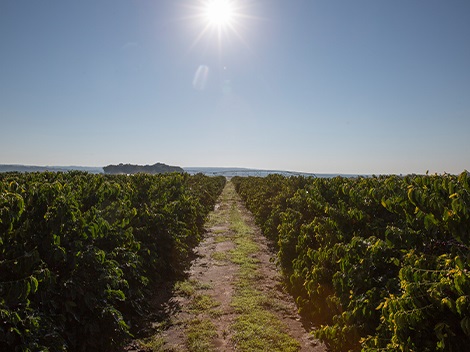
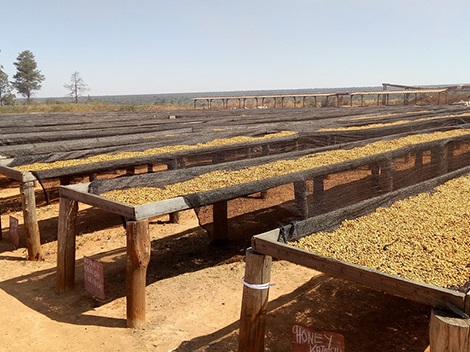
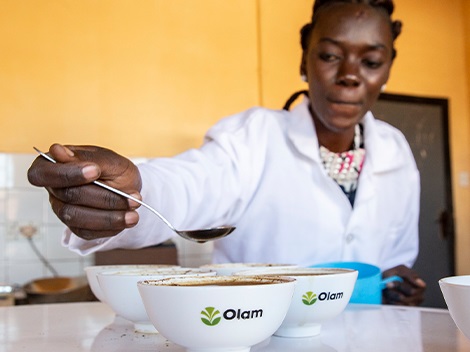
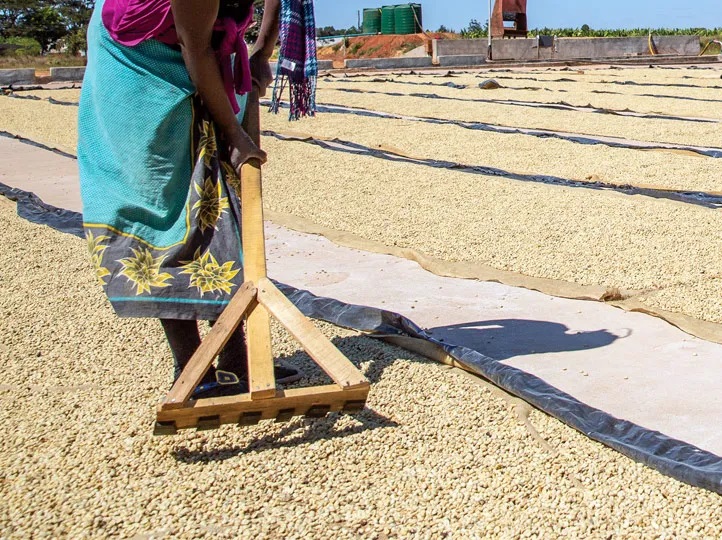
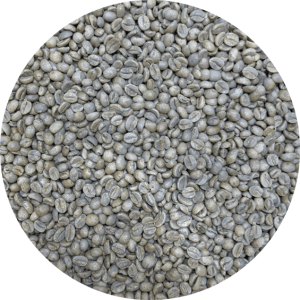
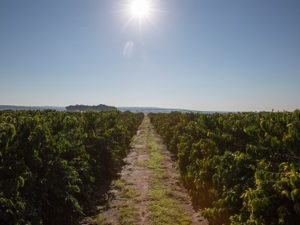
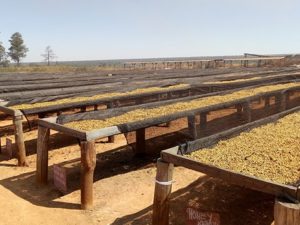
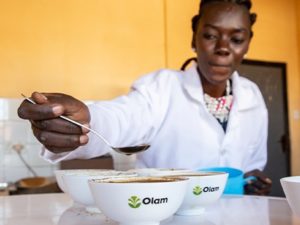

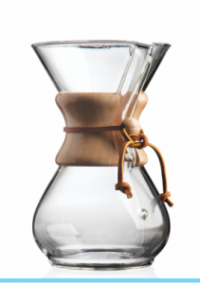

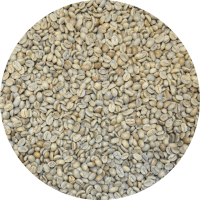

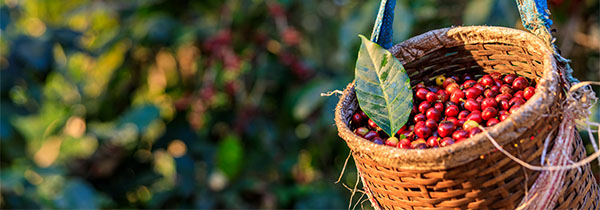
Trav (verified owner) –
Roasted light/medium. Beans are large and pretty with a full coffee bouquet.
Made espresso — Citrusy fruit was powerful throughout each sip and maybe a bit much in comparison to a Yirgacheffe I had next to it to compare. The coffee was clean, so I was happy to enjoy something different.
travis.penn (verified owner) –
This was a great, five-star coffee. I bought and reviewed this last year, and I remember the tastes were a bit poignant. This year the profile was mellow but still tasteful; it was enjoyable and settled well. The green beans are bright and eminate a clean process. I roasted light/medium and made espresso. The taste was mild with some nuttiness and fruit, sorta like a whole grain pb&j in a good way. Some acidity came out as it cooled and more so a couple days after roasting. Overall, it was a top quality African coffee with its own niche that was great to keep drinking.